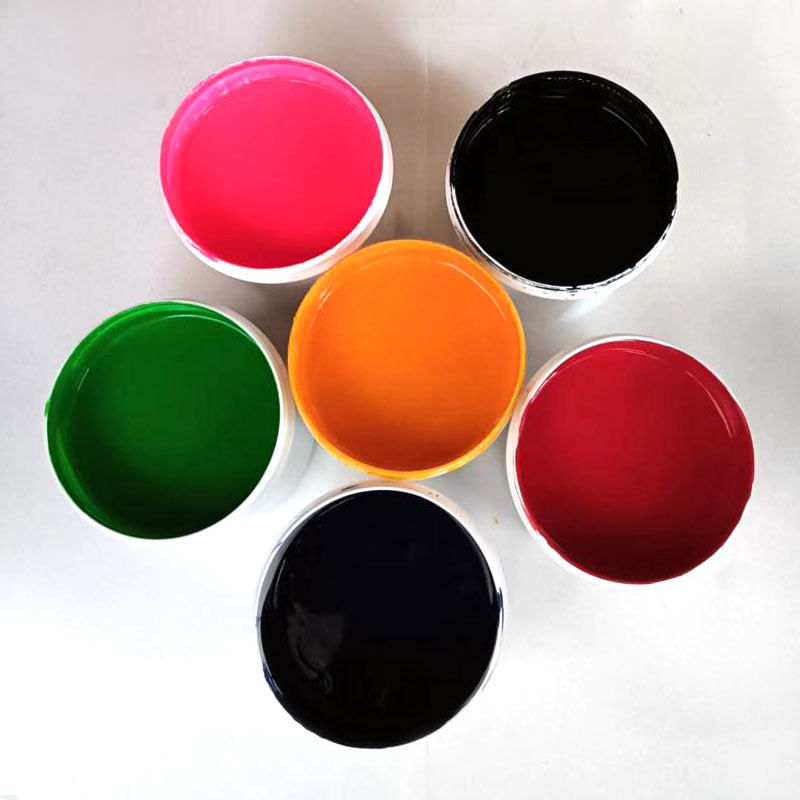Key features and characteristics of air dry screen printing ink
2023-10-18
Air dry screen printing ink is a type of ink used in the screen printing process, which does not require heat or UV light for curing. Instead, it dries and sets at room temperature through the process of air evaporation. This type of ink is often preferred for certain applications and substrates where heat or UV curing is not feasible or desirable. Here are some key features and characteristics of air dry screen printing ink:
1. No Curing Equipment Required: One of the primary advantages of air dry ink is that it eliminates the need for specialized curing equipment like ovens, heat lamps, or UV curing systems. This makes it a cost-effective and convenient option for small-scale screen printing operations or when curing equipment is not available.
2. Room Temperature Drying: Air dry inks cure at room temperature through exposure to the air. They rely on the evaporation of solvents or water content within the ink to set and dry. The drying time can vary depending on factors such as ink thickness, humidity, and airflow.
3. Suitable for Various Substrates: Air dry inks are versatile and can be used on a wide range of substrates, including paper, cardboard, fabric, wood, and some plastics. They are often used for textile printing, art prints, posters, and other applications.
4. Matte Finish: Air dry inks typically result in a matte or flat finish, which can be desirable for certain artistic and decorative applications.
5. Limited Durability: While air dry inks can offer good adhesion and color saturation, they may not be as durable or resistant to abrasion, moisture, and UV exposure as inks that are heat or UV cured. Therefore, they may not be suitable for applications requiring long-term outdoor durability.
6. Customizable: Air dry inks can be customized to achieve specific colors and effects, including metallic or fluorescent inks. They can also be mixed to create custom shades.
7. Water-Based or Solvent-Based: Air dry inks can be formulated as water-based or solvent-based inks, each with its own advantages and considerations. Water-based inks are typically more environmentally friendly, while solvent-based inks may offer better adhesion and durability on certain substrates.
8. Screen Printing Process: Air dry screen printing ink is applied to the substrate using the traditional screen printing process, which involves forcing the ink through a stencil or mesh screen onto the surface.
9. Drying Time: The drying time for air dry inks can vary significantly based on factors such as ink formulation and environmental conditions. Adequate drying time should be allowed to ensure proper setting.
10. Post-Print Handling: After printing, it's important to allow the printed materials to air dry fully before stacking or packaging to avoid smudging or sticking.
Air dry screen printing ink is a suitable choice for applications that prioritize ease of use and do not require the durability and rapid curing associated with heat or UV-cured inks. However, it's essential to consider the specific needs of your printing project and the characteristics of the ink to achieve the desired results.



